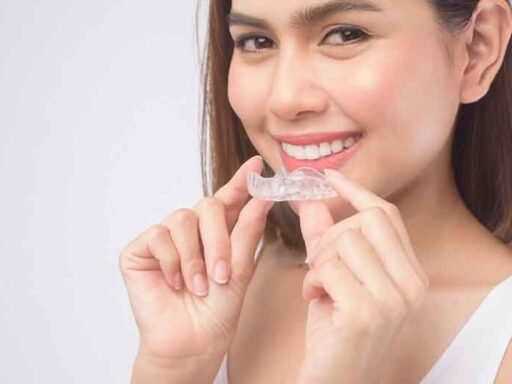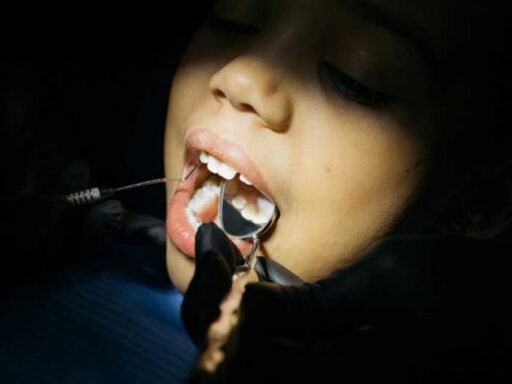Earlobe repair is a straightforward procedure designed to fix tears, damage, or stretching caused by heavy earrings, gauges, or injuries. While the surgical process is typically brief and uncomplicated, proper aftercare plays a major role in a smooth and successful recovery. Understanding the healing timeline and the steps involved in aftercare can help you manage the post-procedure period effectively.
How Long Is Healing Time?
The healing process for earlobe repair varies depending on the extent of the repair and individual factors, such as skin type and overall health. Generally, it takes approximately six to eight weeks for the earlobe to heal fully. During this time, the surgical site closes up, and the tissue regenerates.
Early in the process, it is common for the area to feel tender or slightly swollen. The first week is often focused on protecting the stitches and preventing irritation. By the second or third week, any discomfort typically diminishes, and the site begins to settle. Complete recovery is marked by the point at which the incision lines fade and the earlobe regains its natural appearance.
What Aftercare Steps Are Necessary?
Proper aftercare supports the healing process and minimizes the risk of complications. It begins immediately after the earlobe repair and continues until the patient has fully recovered. Following a focused care routine can help maintain comfort and avoid setbacks. Below are recommended steps to support healing:
- Clean the Area Daily: Use a mild antiseptic or saline solution to clean the incision site as directed by your doctor. This helps to remove any buildup and keep the area clean and hygienic.
- Avoid Tugging or Pulling: Be cautious during activities like dressing to prevent accidental pulling on the repaired area.
- Apply Ointments If Advised: Follow your provider’s advice regarding ointments or creams. These may keep the area moisturized and promote healing.
- Change Dressings if Necessary: Replace old dressings with clean ones, according to the frequency recommended by your healthcare provider.
- Keep the Area Dry: Avoid excessive moisture from showers or other activities to prevent the site from becoming infected.
These steps provide a foundation for a steady recovery when combined with awareness of other preventative measures.
How Do You Prevent Infection?
Preventing infection during the healing process is a priority. An infected site can delay recovery and require additional treatment. Understanding prevention measures can help you stay on track.
First, maintaining cleanliness is key. Always wash your hands thoroughly before touching the repaired earlobe. This minimizes the transfer of bacteria to the area. Using sterile materials, such as cotton swabs or gauze, when applying ointments or dressings further reduces the risk of contamination.
Next, avoid exposing the incision to irritants. Harsh chemicals found in some soaps, hair products, or perfumes can aggravate the site. Instead, opt for hypoallergenic products until the area has healed.
Lastly, be mindful of any changes. Redness, swelling, or unusual discharge could indicate infection and should be addressed promptly. Early action can prevent further complications and keep the healing process on schedule.
What Activities Should Be Avoided?
Restricting certain activities during the recovery period can help protect the earlobe from unwanted strain or irritation. Following these measures reduces the chances of reopening or damaging the surgical site:
- Avoid Heavy Physical Activities: Refrain from engaging in intense workouts or sports that may accidentally tug at the repaired area.
- Do Not Wear Earrings Too Early: Wait until the healing process is complete before re-piercing or wearing earrings, even lightweight ones.
- Avoid Submerging in Water: Stay away from swimming pools, hot tubs, or baths that immerse the repaired area.
- Minimize Contact with Hair and Clothing: Keep long hair tied back and choose loose-fitting tops to prevent snagging.
By paying attention to these restrictions, you can safeguard the healing process and reduce the risk of setbacks.
Consult an Earlobe Repair Specialist
If you’re thinking about earlobe repair, consult a qualified specialist who can assess your needs, explain the procedure, and guide you through recovery with personalized care. They can monitor your progress, address any concerns, and support a smooth healing process. If you’re already recovering, don’t hesitate to reach out if you notice unusual symptoms or have questions. A trusted provider will offer the support and reassurance you need to achieve lasting results.






